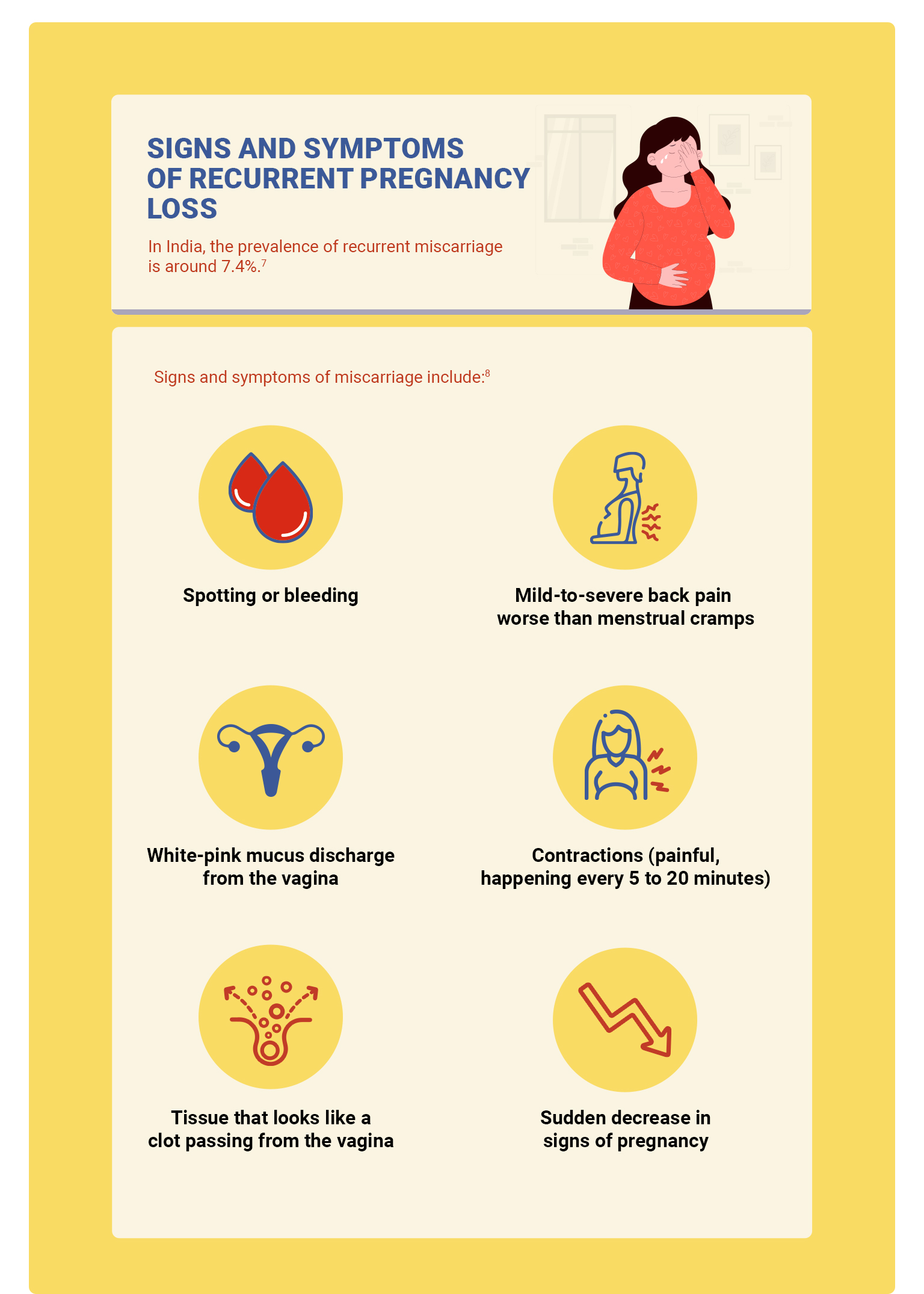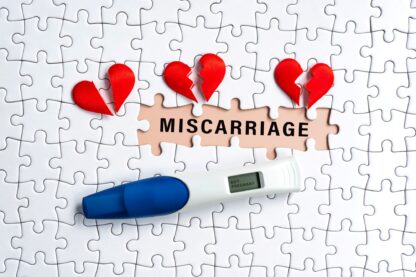Dealing with Recurrent Pregnancy Loss
3 mins read
Recurrent Pregnancy Loss – Hope, Understanding and a Path Forward
Recurrent pregnancy loss is defined as two or more failed pregnancies. The definition of “loss” can consist of pregnancies that were confirmed via pregnancy test or confirmed in the clinic via ultrasound.1
How common is recurrent pregnancy loss?1
About 15% to 20% of pregnancies lead to end in miscarriage. Often, pregnancy loss is random and doesn’t mean there is any underlying genetic or reproductive issue. Recurrent pregnancy loss happens in approximately 1% of reproductive-aged women. A full medical examination is recommended after two or more losses.
What causes a miscarriage?2
Causes of miscarriage can include:
- Genetic factors - problems with the genes or chromosomes of the fetus are the most common causes of miscarriage. These are usually not problems inherited from parents but happen spontaneously, by chance, in the embryo. Less common, one or both parents can carry a genetic mutation that causes miscarriage.
- Hormonal imbalances
- Abnormalities of the uterus - associated with both first and second trimester pregnancy losses.
- Congenital abnormalities - include double uterus and uterine septum. Other abnormalities include uterine polyps, fibroids and scar tissue inside the uterine cavity.
- Cervical incompetence - complicates about 1% of pregnancies. Women with an incompetent cervix often have rapid miscarriages between 16 and 18 weeks. This condition can be successfully treated with a stitch to help hold the cervix closed.
- Immunologic problems - antiphospholipid syndrome is the cause for recurrent miscarriage in 3 to 15% of women. It is recommended that women with recurrent miscarriage be tested for lupus anticoagulant and anticardiolipin antibodies to determine if they have this problem.
- Excessive blood clotting in the placenta
Is recurrent pregnancy loss considered infertility?3
Recurrent pregnancy loss is not the same as infertility. Infertility is inability to get pregnant after trying to conceive for a year or longer. With recurrent pregnancy loss, you may be able to get pregnant, but you experience miscarriage. However, don’t get discouraged. Even patients with three pregnancy losses have a 75% chance of having a live birth later on, research shows.
Are there tests to discover causes of recurrent pregnancy loss?4
Blood tests can show if a woman has certain medical, immune, or blood-clotting conditions that might cause RPL. The chromosomes of women and their male partners can be studied using a special blood test called a “karyotype.” Some healthy people have differences in the way their chromosomes are arranged. This can increase their risk for genetically imbalanced pregnancy losses. A special x-ray (hysterosalpingogram) or ultrasound (sono hysterogram) can show if a woman has a problem with the shape of her uterus. If available, the tissue from a miscarriage can be tested for genetic abnormalities.
Treatment for recurrent pregnancy loss5
Surgery
Surgery can fix some problems in the uterus (womb) like extra tissue that divides the uterus (septum), some fibroids (benign tumors), or scar tissue.
Blood-thinning medicines
Women with autoimmune or clotting (thrombophilia) problems may be treated with low-dose aspirin and heparin. These medicines can be taken during pregnancy to lower the risk of miscarriage.
Correcting other medical problems
Recurrent pregnancy loss may be related to some medical problems. These include abnormal blood sugar levels, an over- or underactive thyroid gland, or high levels of the hormone prolactin. Treating medical conditions such as diabetes, thyroid dysfunction, or high prolactin levels can improve the chances of having a healthy, full-term pregnancy.
Genetic screening
In about 5% of couples with RPL, one of the parents has a rearrangement (translocation) of their chromosomes. If one parent has a translocation, this can cause foetuses’ with chromosome imbalances that are more likely to miscarry. The parents’ blood can be studied (karyotyped) to see if they have a translocation.









